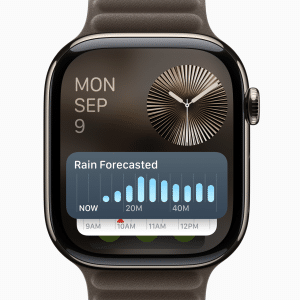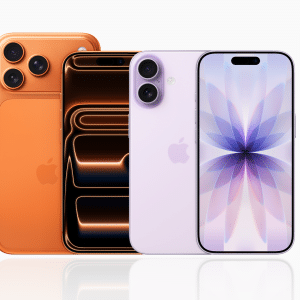Apple’s preference for bezelless displays arises from the intent to avoid the curved displays utilized by some smartphone manufacturers in their quest for ultra-slim bezels. The company has raised concerns about optical distortion and durability associated with curved displays.
Apple’s request for bezelless OLED displays aims at enhancing the implementation of thin film encapsulation (TFE) and under-panel camera (UPC) technology. Additionally, the extra space would accommodate components like antennas while minimizing interference. A flat display design is essential to facilitate these improvements, which would currently be unfeasible with a curved display.
These reports suggest that Apple devices could feature the bezelless OLED display from as early as the iPhone 17 Pro, slated for release in 2025. This model is rumored to be the first to boast under-display Face ID technology, complemented by a hole-shaped cutout for the front-facing camera.

Furthermore, the tech giant appears to be eyeing a release date before its custom microLED display technology arrives in iPhones. The first device to feature this custom microLED display is expected to be the 2025 Apple Watch Ultra, with indications that iPhones will soon adopt the technology in the subsequent years.
Apple’s strategy aims to reduce the iPhone’s bezel gradually until it is completely eliminated.

The upcoming iPhone 15 Pro and iPhone 15 Pro Max models, launching this year, are predicted to sport the thinnest bezels of any smartphone so far, measuring only 1.55mm.












